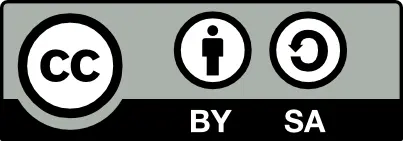Comprehensive Code Review Guidelines for Java: Integrating Best Practices with Static Code Analysis Tools
Authors: Prathyusha Kosuru
DOI: https://doi.org/10.5281/zenodo.14183806
Short DOI: https://doi.org/g8rc42
Country: USA
Full-text Research PDF File:
View |
Download
Abstract: A Java code review checklist for manual and automated code reviews with best practices comprises the checklists for using manual code reviews in conjunction with static analysis tools to achieve high-quality, maintainable, and secure code products. It overtures a composite strategy that uses human intelligence together with mechanical intelligence. Checkers like SonarQube, FindBugs, and Programming Mistake Detector will help detect coding standards violations and potential bugs and security holes for tools that run on Java sources. However, code reviews are certainly not limited to these automated mechanisms, as they also use the insight of a programmer to judge the structure and readability of the code, in addition to other business aspects. The guidelines include the structure of code, control of errors, possible optimizations, and comments. They also mention the proper usage of coding style, language features of Java language, and pattern design concept. This paper shows that combining selected manual review techniques with static analysis tools helps development teams build an effective code review practice that helps improve code quality, decrease technical debt, and increase software reliability (Asaduzzaman et al., 2016).
Keywords: Java Programming, Best Practices, Static Code Analysis, Code Quality, Coding Standards, Code Consistency, Code Refactoring, Code Readability.
Paper Id: 231573
Published On: 2020-08-05
Published In: Volume 8, Issue 4, July-August 2020





 All research papers published in this journal/on this website are openly accessible and licensed under
All research papers published in this journal/on this website are openly accessible and licensed under 